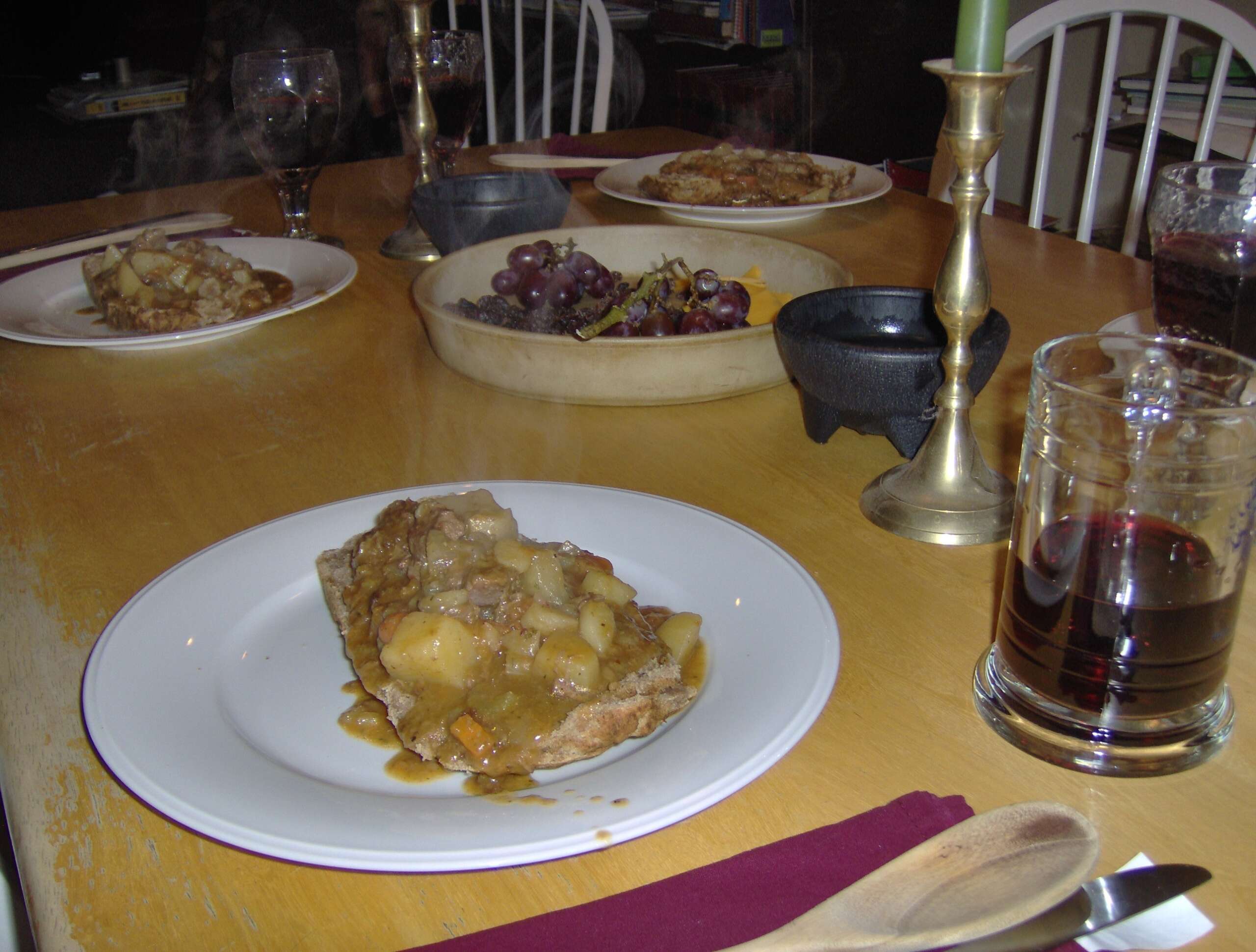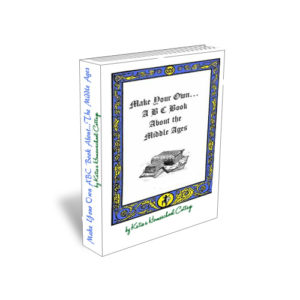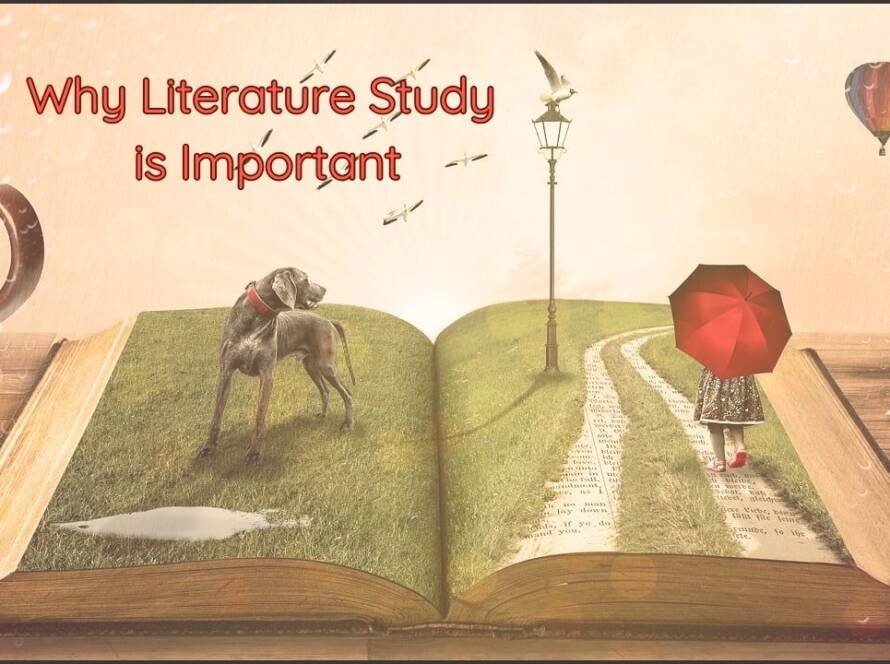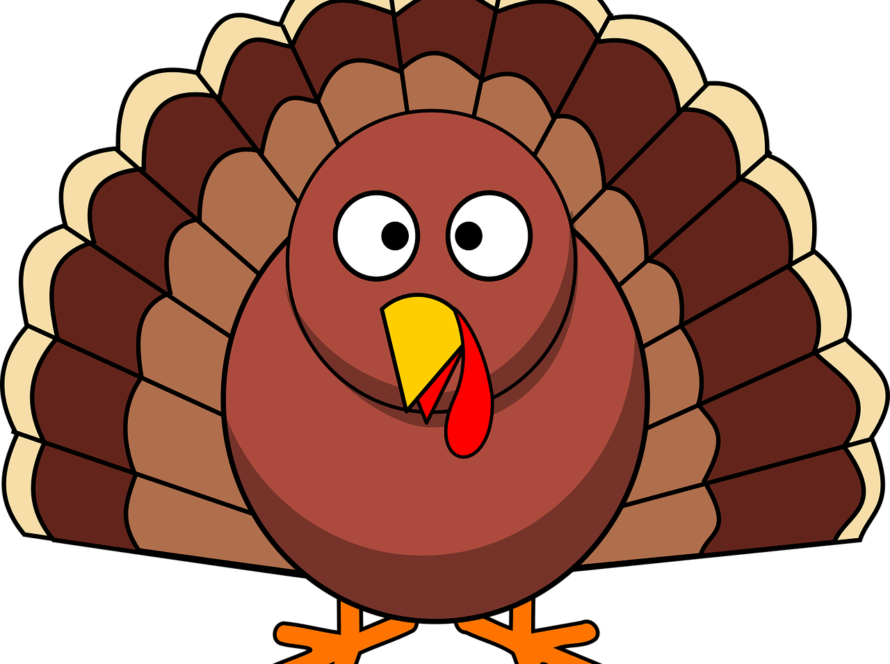This post is our version of a homeschool unit study of the middle ages and the way we have used Charlotte Mason methods in a relaxed way to suit our learning styles.
For a free Ebook about ways to use notebooking pages and examples of how we learned and practiced writing and other subjects, download the ebook here – How to Use Notebooking Pages with Unit Studies Free E-book
Our unit studies have a Charlotte Mason flavor in that we incorporate oral and written narration and copywork with notebooking pages, sometimes combining lapbook components.
A unit study usually start with a historical time period my sons wish to study and begin reading books about that time period, fiction and non-fiction. The foundation of our reading for this unit was based on the books The Story of the Middle Ages, Story of the World, and the Child’s History of the World. From these readings, we would orally narrate and then make notebooking pages.
For our family read together time, we enjoyed reading aloud A Door in the Wall and Adam of the Road for two stories to get the feel of the time period from a child’s perspective and attain some background knowledge of what life was like.
(For a more detailed description of how we used narration, read Using Narration in Your Charlotte Mason Homeschool – this technique is extremely effective whether you use Charlotte Mason or not. It really helped my guys learn to organize and then express their thoughts orally and in a written manner.)
While reading A Door in the Wall, we came to the part where the author discussed the monastery and the monks illuminating their scripts, so we decided to be monks. Aside from copying and transcribing Bible passages, we decided to make an alphabet book about the middle ages.
We wrote down 3 or more words associated with the time (people’s names, events, things, places) next to a list of the alphabet starting with each letter. We then made a fancy looking letter at the top corner of 26 pages, one for each letter of the alphabet.
Looking at some examples of illuminated pages in some fairy tale type books at home and the Book of Kells on the internet, we started putting decorative borders around the edges and coloring the large letter and the borders with rich colors, including gold, silver, red, green, glittery gel pens.
The pages were now ready to be written on a topic starting with that letter. A couple of times per week the boys would sit down with stacks of books on various topics about the middle ages we would get from the library and read.
They would discuss with me what they learned and then write a summary about it for their alphabet book on the correct alphabetical page and then draw a picture in a picture box for their book. When they were all done, we took an extra large piece of paper to fold it over in half and with one of us holding the book pages tight against the fold, the other took a tapestry needle with off white tapestry thread and sewed the book binding, just like the monks.
Afterward they practiced calligraphy (as close as they could get) to write the title of their books.
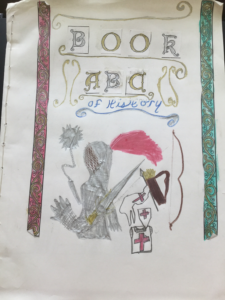
A version of our ABC Book is Make Your Own ABC Book About the Middle Ages with suggestions for topics, multiple pages to choose from and ready to print and go.
Bundle of Notebooking Pages to Use for Different History and Science Studies
I have a number of notebooking page sets for different time periods in history and topic areas for science that you can get separately or purchase them all in a bundle at a lower price – Make Your Own ABC Book Bundle Set
My older son is still finishing listening to Ivanhoe and reading A Connecticutt Yankee in King Arthur’s Court, laughing aloud while he reads and telling his younger brother what just happened.
For copywork, my younger son wrote down passages from A Door in the Wall, and my older son (a big Hobbit and Lord of the Rings fan) decided he would choose elaborate passages from those books. The boys also studied the history of chess and read about each piece, its history, and strategies to use when using that piece.
This was a wonderful book called Illustrated Chess for Children with lots of interesting information for the names of the chess pieces, their moves, and strategy of the game. Alot of pictures helped the boys follow along with the discussion. They would read and play a chapter at a time.
We also enjoyed Howard Pyle’s King Arthur and Merry Tales of Robin Hood. We read Beowulf and The Song of Roland. We haven’t gotten to Sir Gawain and the Green Knight yet, but we will. We enjoyed a children’s version of The Canterbury Tales and read Chanticleer and the Fox, after reading Saint George and the Dragon. That book has some wonderful illuminations in it.
We looked at David Macaulay’s books, Cathedral and Mosque, among other titles to get a feel for art and architecture and the spread of different cultures and beliefs of the time. Each of my boys chose a person to read books about and write a research paper on – one chose Kublai Khan, the other chose King Richard the Lion-Hearted. They also read aloud a biography on Marco Polo and we mapped the Silk Road.
We would periodically stop and put time line figures on a very long roll of butcher paper, one for each boy, that we made into timelines we have been working on for several years. We add to it every year.
The top half of the line is for the history of the Western Hemisphere. The bottom half of the timeline is for the Eastern Hemisphere. This way we can see what is happening concurrently on different sides of the world in a chronological manner.
We enjoyed watching a video by Sister Wendy on the art of the period and listened to various kinds of medieval music and chants.
We also listened on CD to several G A Henty stories for this period which have always been a hit with us. We were fortunate enough to see the extensive collection of armor, including samurai warriors, at the Metropolitan Museum of Art. That is going to have to be a repeat visit some day.
We did an extensive study of knights, chivalry, their crests and their meanings. This led us to what crests do our family surnames have. We did a search and conducted family interviews to learn more about our family’s history.
We found the correct crests for each half of the family, found out the meanings behind the names and symbols on the crests, and we put this information and the pictures on notebooking pages. The boys, of course, wanted to invent their own crests and meanings after that and then wrote out a descriptive paragraph of their respective kingdoms that led to the creation of their crests.
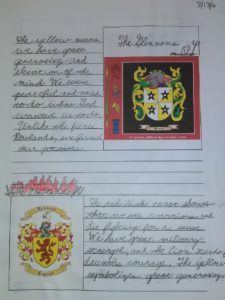
Being boys, they enjoyed a study of the weaponry and their uses of the time and the role of the castle.
After a study of the crusades and why they happened, we wound down our study and got ready for our feast. The boys read books on the feasts, so they would have the proper mannerisms, food, and entertainment for the occasion. They prepared a play (which wasn’t a miracle or mystery play like they would have had at the time about a Bible story) but one based on Beowulf which they had enjoyed reading so much.
We prepared bannock bread, mentioned in A Door in the Wall, beef stew, and blueberry pie, served with a fruit and cheese platter with grape juice in goblets. The stew was served on bread trenchers as was the custom at the time with each setting having a finger bowl and a cloth napkin.
My husband was a bit surprised when he sat down and found out he had a wooden spoon and a dull knife with which to eat and was told not to talk about any electronic devices or he would be regarded with suspicion as being a sorcerer. Everyone had to speak with thine, thy, and thou. As my sons, in a king and a knight costume, sat by candlelight at the table, they discussed who was really in charge, the Britons or the Franks.
After dessert was served, my husband narrated a lively rendition of Beowulf as the boys acted it out, changing costumes several times.

This unit study was one of our favorites!
Thus, the middle ages unit study has ended and we are entering the Renaissance and the Age of Exploration with great expectation of what we will read, learn, and who we will become this time. I know we will be recreating some of Leonardo DaVinci’s inventions and lying on our backs under the kitchen table painting the next Sistine Chapel for starters.

Our Medieval Feast
What is a topic for a unit study you have done and really enjoyed?



